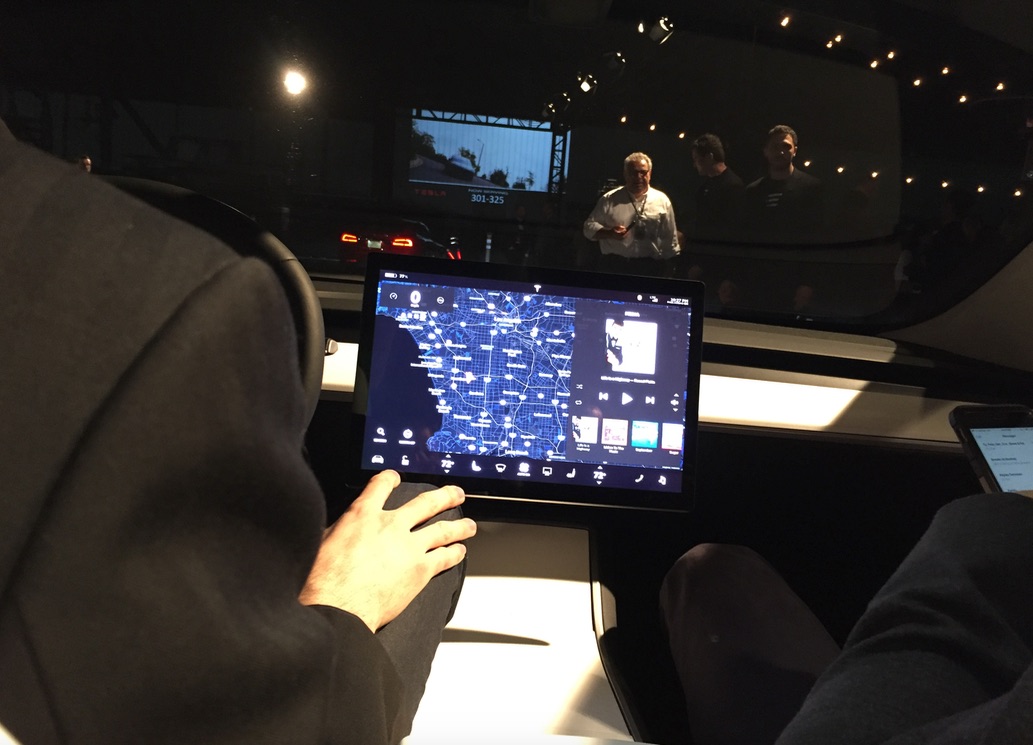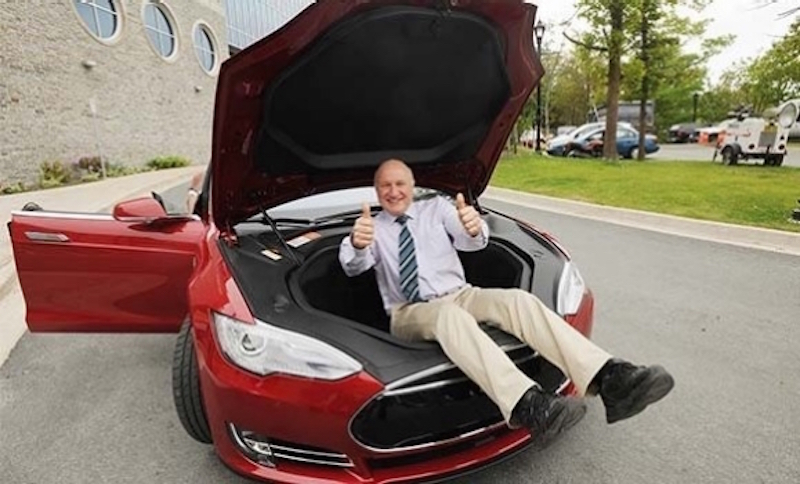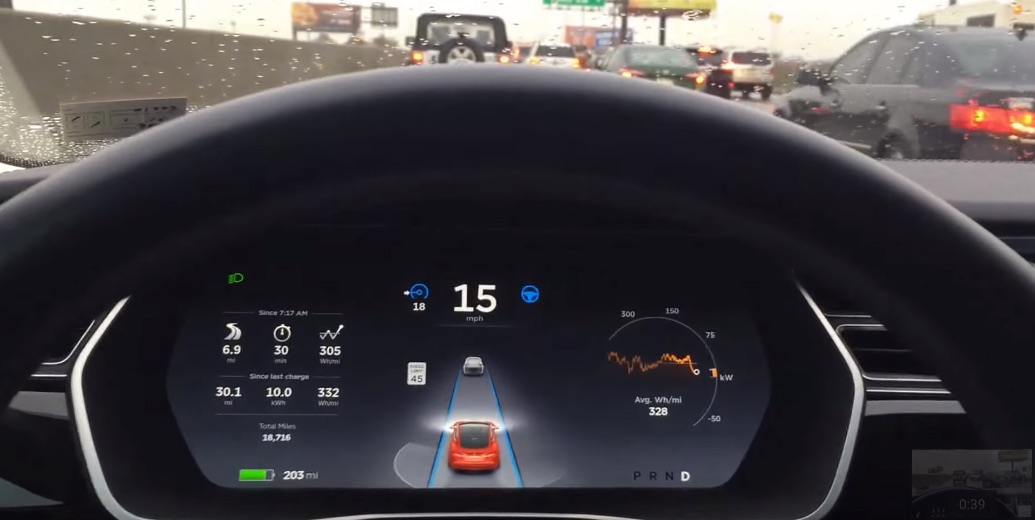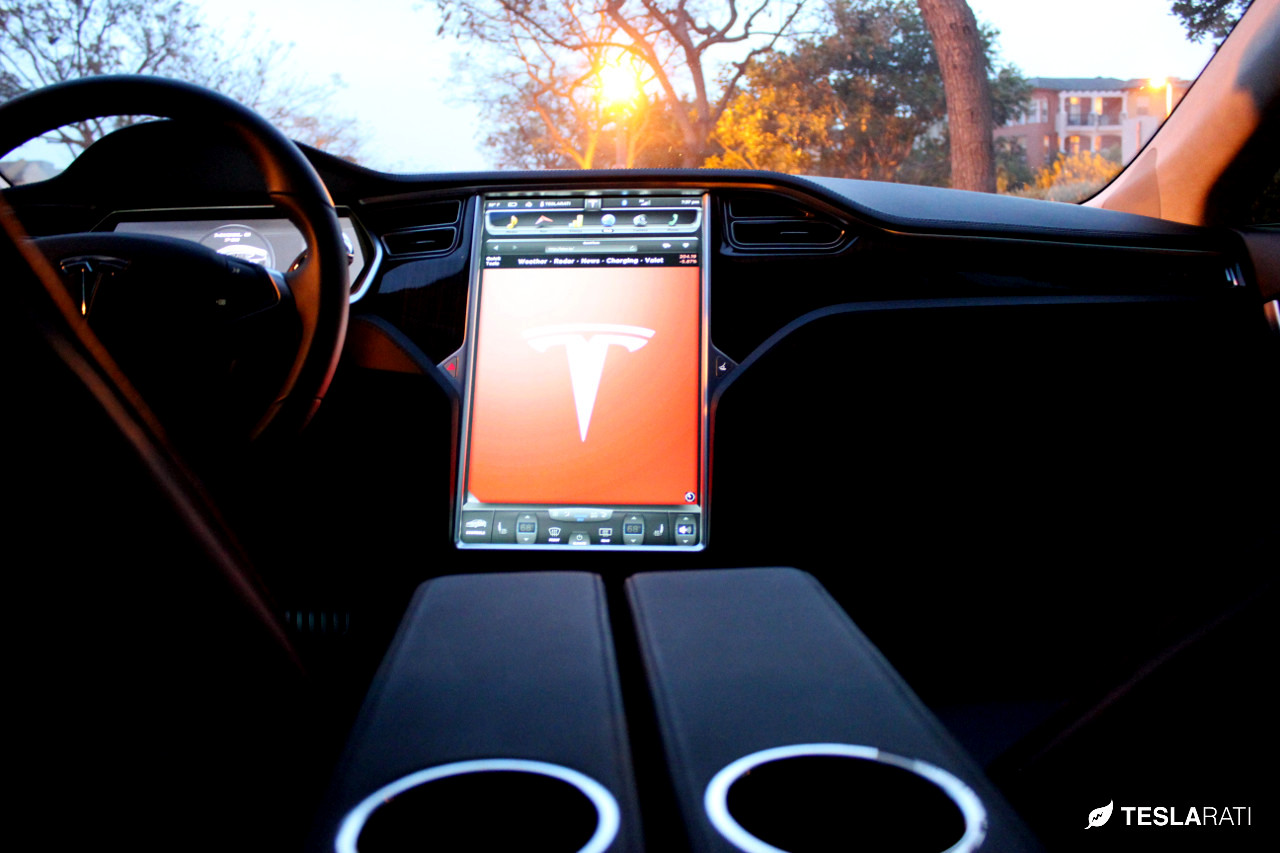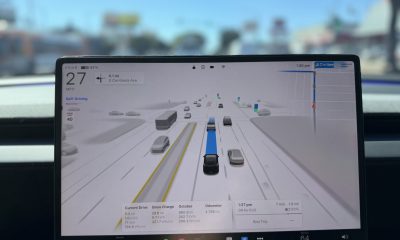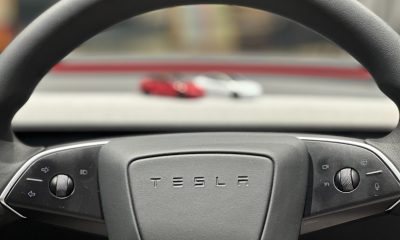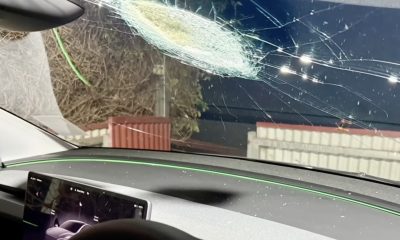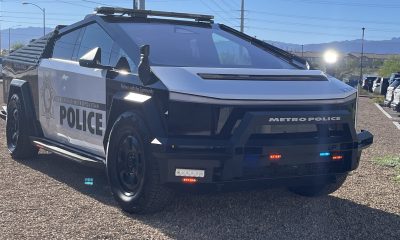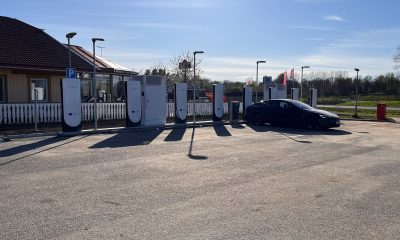News
Tesla ride-sharing program: exploring its practicality and real world benefits
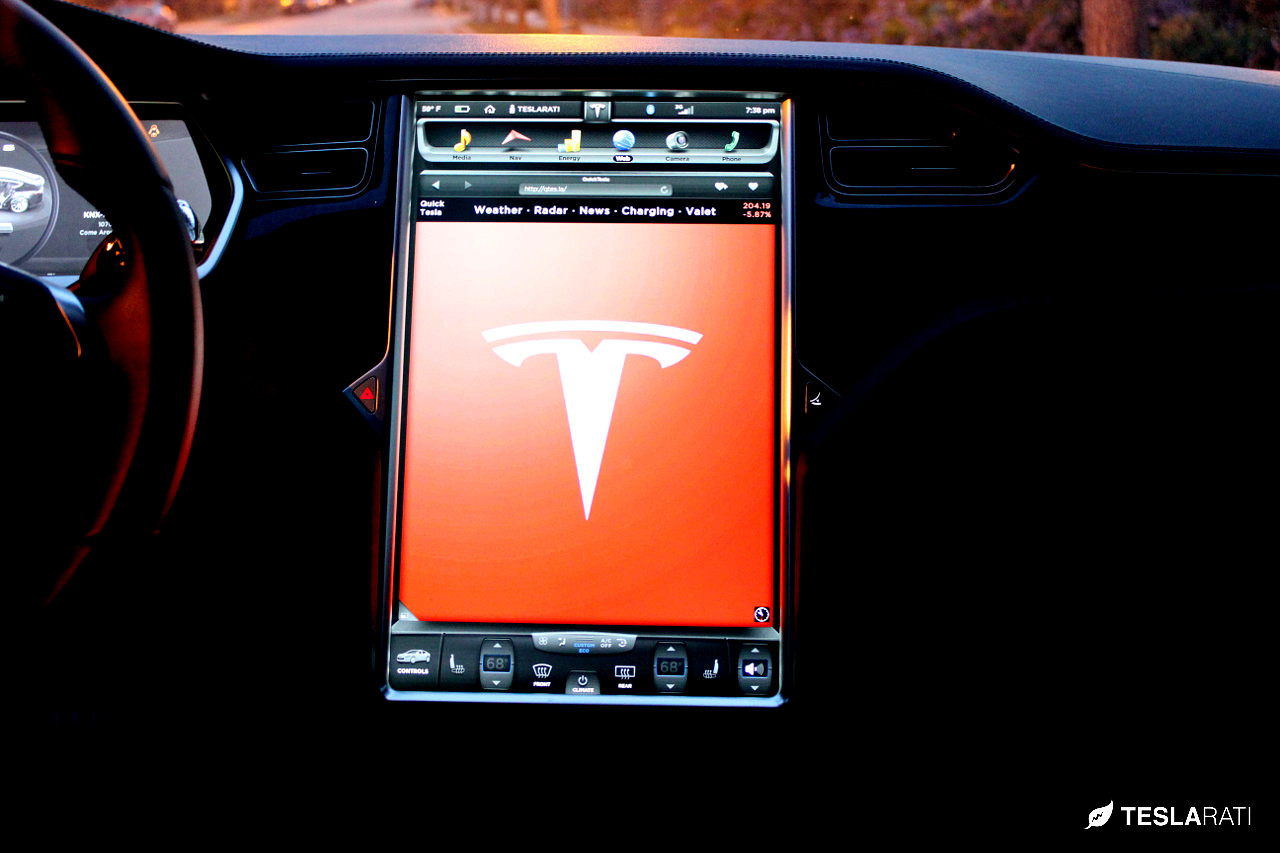
Many of the Tesla faithful sat with bated breaths waiting for the Master Plan Part 2 to be published. Once it did, we devoured every word, with some words more surprising than others. Making a pickup truck, while not surprising is thought-provoking. Ride-sharing as a concept, also not very surprising. Ride-sharing using the autonomously driven car that you personally own? Now there’s something to think about.
“In cities where demand exceeds the supply of customer-owned cars, Tesla will operate its own fleet, ensuring you can always hail a ride from us no matter where you are.” – Elon Musk
Let’s consider for a moment what this might look like.
Practicality
My initial thought of an autonomous Tesla was ride-sharing within the same household. My spouse and I have jobs that are in opposite directions, but we also work different hours with him having the far shorter commute. That being said, it would technically be feasible for a car to drop me off at work and make it back home just in time to take him. Then, it would have plenty of time to come back to me before my work day is done. Driving me home would also be tight – but I think the car would make it just in time to drop me off and go grab him. (Anyone else getting wide-eyed at the thought of a car driving you around? I sure am!) The only downside that I can think of is that both of us, at times, like to run errands on a lunch break. Surely with a little planning we could just schedule who will have the car available mid day. For example, on his day the car wouldn’t come back to get me until later in the day. Should I need to use it, it could come back to me earlier. All of this sounds technically feasible but the miles would add up quickly. Over 90 miles a day, to be exact; double what we currently drive combined. This may be obvious, since the car is making each round trip twice, but on paper that distance really hits home. As for cost, our electricity use at home would clearly go up. What would go down, however, is the cost associated with having a second car. I only estimate that the Tesla costs us $50/month to power now but even if it went up to $150, that delta is far less than the savings associated with not having a second car to insure and maintain. (Let alone pay to own/lease, depending on how expensive a car you’d be giving up.)
In this regard, I see practicality as a wash. If technically feasible with your schedule as it would be with ours, it may work. Getting past the mental barrier of having only one car between two adults who drive and work full time however, may be a challenge. Tesla has shifted thinking in many ways already, so it’s possible this will as well. I keep trying to think of reasons why we need two cars but aside from our daily jobs, which a car that can drive us to negates, all I’m coming up with is the rare occasion where we both need to go somewhere different at the same time. Truth be told, I’m sure even that could be worked out in most cases. In those where it can’t? Summon up another autonomous Tesla to drive you where you need to be. Again, this comes with a cost but again, it pales in comparison to the cost to own a second car that spends over 90% of its life parked anyway.
Public Domain
Most Tesla owners I know treat their cars with extreme care. I am no exception. The thought of a stranger taking up residence in my car without me sends shivers down my spine. I guess there is only so much damage a person could do sitting in the back seat being chauffeured, presumably while staring down at their smart phone to pass the time. The after 2am crowd, on the other hand, poses additional risks but I for one wouldn’t send my car out that late. A sick passenger is one danger, sharing the road with impaired drivers in (gasp!) manual driving mode is another. How do you specify who is eligible for pick up anyway? Imagine the headline “Tesla picks up prison escapee and drives it across the state line.” Add in your fear here (underage runaway, woman in labor, very sweaty marathon runner.)
Availability
This is the main point I’ve heard brought up in my quick chats about this topic. How do you schedule your car to go off and pick people up within a strict window until you need it again? How does traffic play a part? Do you wait until you’re home for the evening and send it out, knowing full well it’ll definitely make it home by the next morning? Or do you risk letting it take a 4pm pickup when doing so could leave you stranded at the office? How far would you let your car go anyway? What about charge? You might need a certain range to get home so can you restrict your car’s pickup jobs to a certain distance? What if it’s cold outside?
In this regard, I have a lot more questions than answers. I have no interest in my car being late to bring me to or from work. It’s my car after all. I have even less interest in being picked up without enough range to get me where I’m going. I live in a major city and I don’t expect to see a Supercharger within our limits any time soon. There are now chargers within 100 miles of me in all major directions, which very easily enables long distance travel as intended. I’m happy with this, as I certainly don’t find myself needing a fast charge close to home. If I plan on letting my car work all day however, that may change. Letting it go home and plug in is impractical at the current rate of my charging setup. 29 miles per hour doesn’t speak well to quick turnaround.
Cost
All of the questions above can be overlooked for a price. The big question is what that price might be. In my own life, I wouldn’t entertain the idea if it made me $100 per month. If it made me $1,000, I’d be the first in line to sign up. Everyone has a different sensitivity to price but I’d be willing to bet that even the least price sensitive people would at least consider using their Tesla in this way if the resulting income matched or exceeded their car payment. Getting to own and drive what I consider the world’s best car for no monthly payment is an offer that’d be too hard to refuse.
Those were just arbitrary numbers though. What might be realistic? I’d like to think that tomorrow’s Tesla is comparable to today’s Uber Black. My Uber app only gives prices for Uber X but I know that Black costs more. At this very moment, a quick ride from my work place to the very center of our downtown is $12 on Uber X. Let’s estimate that it would be $20 for Black. In fact, let’s assume the average ride would net $20. The car would certainly be smart enough to try to do another pickup on the way back to me so I can probably count on $40 as a “round trip” made during my work day. If I let the car drive two round trips on Friday and Saturday nights as well as one each work day, that bring us up to 9 round trips per week, or $360. Already, this isn’t sounding so bad. Let’s scale that down due to some Tesla profit and market saturation. It still seems very reasonable that with little time commitment, $200 per week is reasonable. We’re at $860 per month. If you, like me, go out into a city once or twice a month yourself and spend anywhere from $10-30 in parking or cab rides, you could be earning/saving a combined $900 each month. I suppose I just learned that yes, I’d probably consider letting my car go out and work for me. Even at half the dollars I’m picturing, a Model 3 payment would be covered.
Convenience
Airports. Nights out drinking. Events out of town that force a one night hotel stay. Finding parking in crowded places. Paying for parking at concert or sports venues. These are some of the most popular reasons people today might use ride sharing services even if they have a car. It would sure be convenient if your own car could handle these occasions for you. This, I know, has more to do with autonomy than making the decision to allow your car to work for you. But it’s only a small leap from one to the other. I say this because if my car dropped me off at an Eagles game, I wouldn’t want it paying for parking while it waits. I’d want it headed back home, because that’s a safe place for it to wait. But if it’s going to driving alone anyway, why not pick someone up? It’ll be an exceptionally convenient life when cars can drive for us.
Implementation
How might a program like this actually work? Given a very elementary level of consideration, I imagine the same way Uber works now. I picture a beautiful and streamlined app interface on your smart phone that allows you to log in when you want the car to be able to drive. I imagine the ability to draw a border around the distance you’re willing to let your car travel, as well as the ability to set a time that the car has to return by. Many people far smarter than I will program fantastic algorithms that only allow the car to accept rides that, given traffic and other factors, will get the car back within its allowable time window. I also picture the ability to send the car out with a child’s car seat, if summoned. That would require a bit of interaction, as the app would have to notify you to install it first unless you leave one installed. Speaking of app, I imagine it would notify you that it’s about to head out. (“Mom! I’m going out for a bit. Be back in an hour!”)
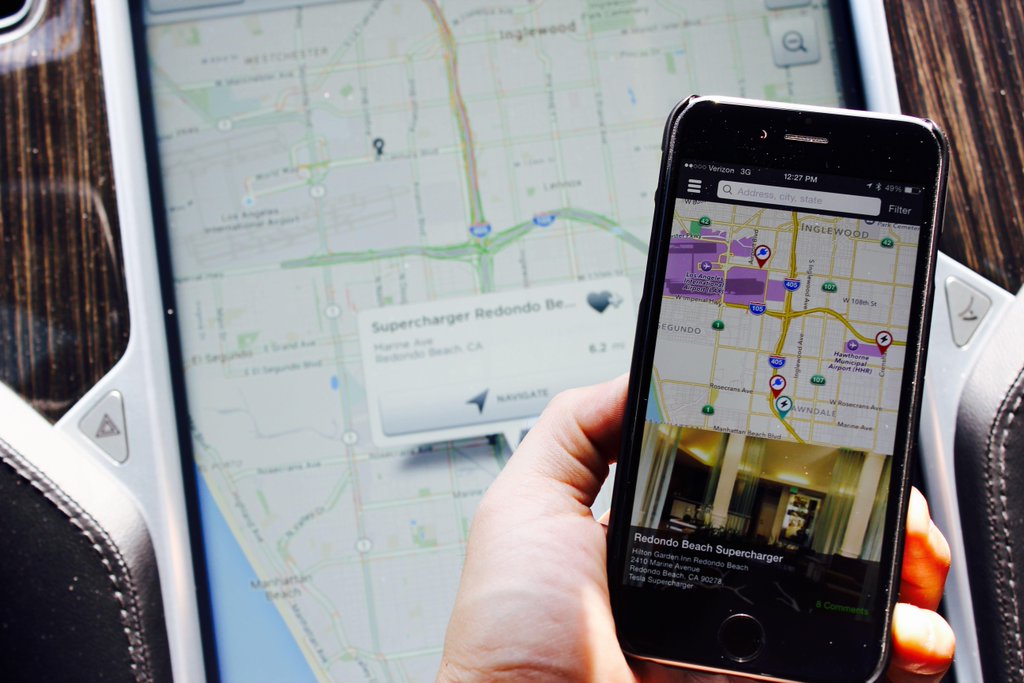
Supercharger map with crowdsourced recommendations from Tesla owners
Challenges
Much like I expect to be challenging for vehicle autonomy in general, the regulatory nightmare that is a driver-less vehicle will be the biggest hurdle to jump, in my humble opinion. Those aforementioned people way smarter than I? They’ll figure out programming the self driving technology sooner than later. They’ve already done a lot. Those perhaps-not-as-smart people we elect to office? Those folks I’m not too confidant in. Well, not them per say. The big jumbled mess of a political system that in the United States and so many other places churns out rules based on the almighty dollar rather than the good of citizens. Right here in my own home town, Uber is technically not legal. It’s legal in the state, just not the city, which has a cluster of a Parking Authority that somehow controls taxis. Except, by the way, when the Democratic National Convention came to town around the same time our local train system was having problems. Then the city made a special exception to “let” Uber operate. (Spoiler alert: it operates anyway.) My point is to illustrate that all the engineering and data in the world won’t guarantee that Tesla will even be allowed to operate driver-less ride sharing services as quickly as the technology itself will be available. That to me, is challenge numero uno.
The technology itself though, still has a lot of work ahead. Just like any parent tells their teenage driver “It’s not you, it’s the other cars on the road I’m worried about.” A Tesla can be a flawless driver 100% of the time on empty roads and that still won’t even come close to accurately predicting how it will drive when sharing the roads with distracted drivers, well-meaning drivers in poor weather conditions, and anything in between. Temporary lane restrictions are hard to compute, as is seeing a car that you just know is going to make a move without a signal. Years of driving experience allows people to read another car’s “body language” so to speak. Will a car ever be able to do the same?
An extension on the both of the topics above, I can only imagine the bureaucratic and technological nightmare that will result if (when!) cars have to learn to talk to each other. Surely that’s where we are headed. It’d be safer that way. But can you see BMW, who I suspect is a little hurt right now, cooperating with Tesla? I can’t but I hope they’ll have no choice. Step up or step aside.
Production vs. demand is another potential challenge. If the ability to buy a car and have it work for you to the tune of effectively negating your payment arrives sooner than Tesla exponentially increases its output of cars, we’ll have a problem. Maybe I’m biased, but I assume a darn lot of people would jump at the chance of driving a car that pays for itself. I mean, I wasn’t wrong when I called myself crazy for assuming there would be 50-100,000 people would put in reservations for a Model 3. Well, I was wrong, but in the right direction.
What do you envision ride-sharing capability looking like? What challenges will it face? Drop me a comment.
News
Tesla Full Self Driving (FSD) is nearing approval in a new country
As per the official, Tesla’s Full Self-Driving system could be enabled in Israel in the near future.
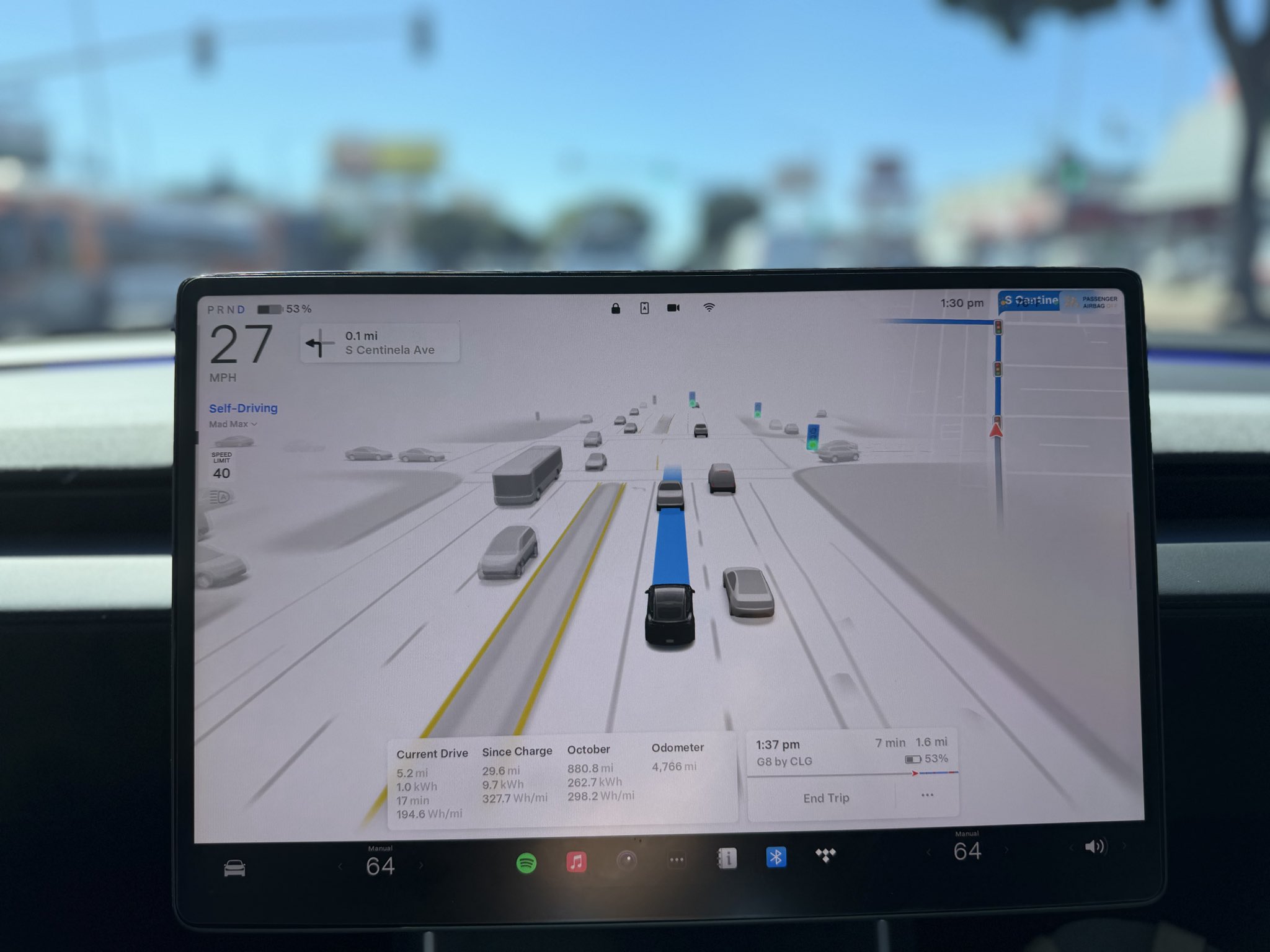
It appears that Tesla FSD (Supervised) is heading to a new country soon, at least based on comments from Israel’s Transport and Road Safety Minister Miri Regev.
As per the official, Tesla’s Full Self-Driving system could be enabled in Israel in the near future.
Israeli drivers are pushing for FSD rollout
While Tesla’s FSD is already operational in markets like the U.S., Canada, and Australia, Israeli owners have long been unable to use the feature due to regulatory barriers. Despite its premium price tag, however, numerous Tesla owners in Israel have noted that the technology’s safety benefits, at least when approved for real-world use in the country, justify its cost.
It was then no surprise that nearly 1,000 Tesla owners in Israel have already petitioned the government to greenlight FSD’s domestic release in Israel. In a post on X, Regev seemed to confirm that FSD is indeed coming to Israel. “I’ve received the many referrals from Tesla drivers in Israel! Tesla drivers? Soon you won’t need to hold the steering wheel,” she wrote in her post.
FSD’s regulatory support in Israel
Regev stated that her Ministry views promoting innovative technologies as essential to improving both road safety and smart mobility. A working group led by Moshe Ben-Zaken, Director General of the Ministry of Transportation has reportedly been tasked to finalize the approval process, coordinating with regulatory and safety agencies to ensure compliance with international standards.
In a comment to Geektime, Israel’s Ministry of Transportation and Road Safety noted that Regev is indeed supporting the release of FSD in the country. “Minister Regev sees great importance in promoting innovative technologies, and in particular in the entry of advanced driving systems (FSD) into the Israeli market, as part of the ministry’s policy to encourage innovation, safety, and smart transportation,” the Ministry stated.
Investor's Corner
Bank of America raises Tesla PT to $471, citing Robotaxi and Optimus potential
The firm also kept a Neutral rating on the electric vehicle maker, citing strong progress in autonomy and robotics.
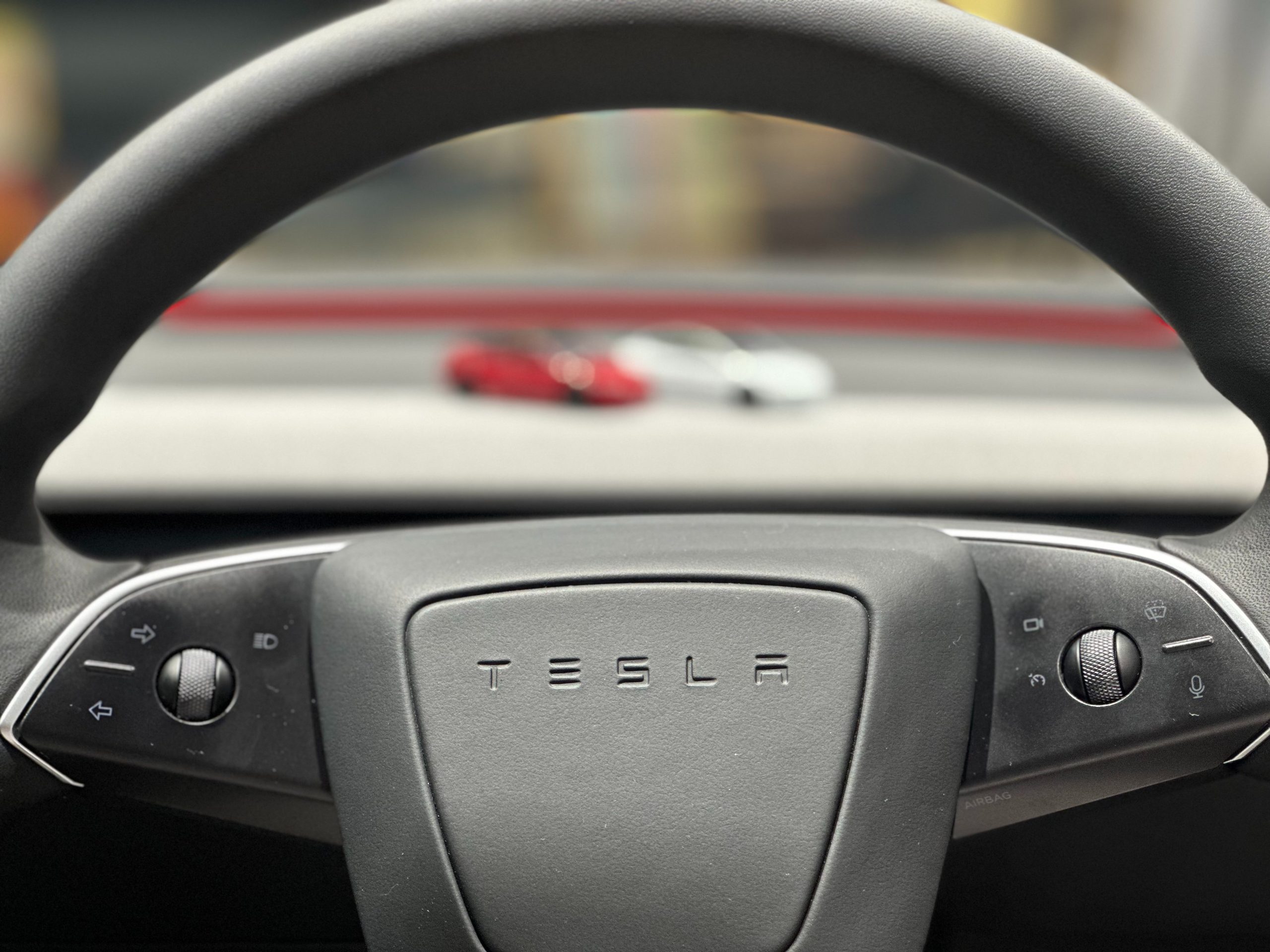
Bank of America has raised its Tesla (NASDAQ:TSLA) price target by 38% to $471, up from $341 per share.
The firm also kept a Neutral rating on the electric vehicle maker, citing strong progress in autonomy and robotics.
Robotaxi and Optimus momentum
Bank of America analyst Federico Merendi noted that the firm’s price target increase reflects Tesla’s growing potential in its Robotaxi and Optimus programs, among other factors. BofA’s updated valuation is based on a sum-of-the-parts (SOTP) model extending through 2040, which shows the Robotaxi platform accounting for 45% of total value. The model also shows Tesla’s humanoid robot Optimus contributing 19%, and Full Self-Driving (FSD) and the Energy segment adding 17% and 6% respectively.
“Overall, we find that TSLA’s core automotive business represents around 12% of the total value while robotaxi is 45%, FSD is 17%, Energy Generation & Storage is around 6% and Optimus is 19%,” the Bank of America analyst noted.
Still a Neutral rating
Despite recognizing long-term potential in AI-driven verticals, Merendi’s team maintained a Neutral rating, suggesting that much of the optimism is already priced into Tesla’s valuation.
“Our PO revision is driven by a lower cost of equity capital, better Robotaxi progress, and a higher valuation for Optimus to account for the potential entrance into international markets,” the analyst stated.
Interestingly enough, Tesla’s core automotive business, which contributes the lion’s share of the company’s operations today, represents just 12% of total value in BofA’s model.
News
Tesla Model Y on FSD saves couple after encountering King of edge cases
Experts have noted that if confirmed, this could be the world’s first recorded meteorite collision involving a Tesla.
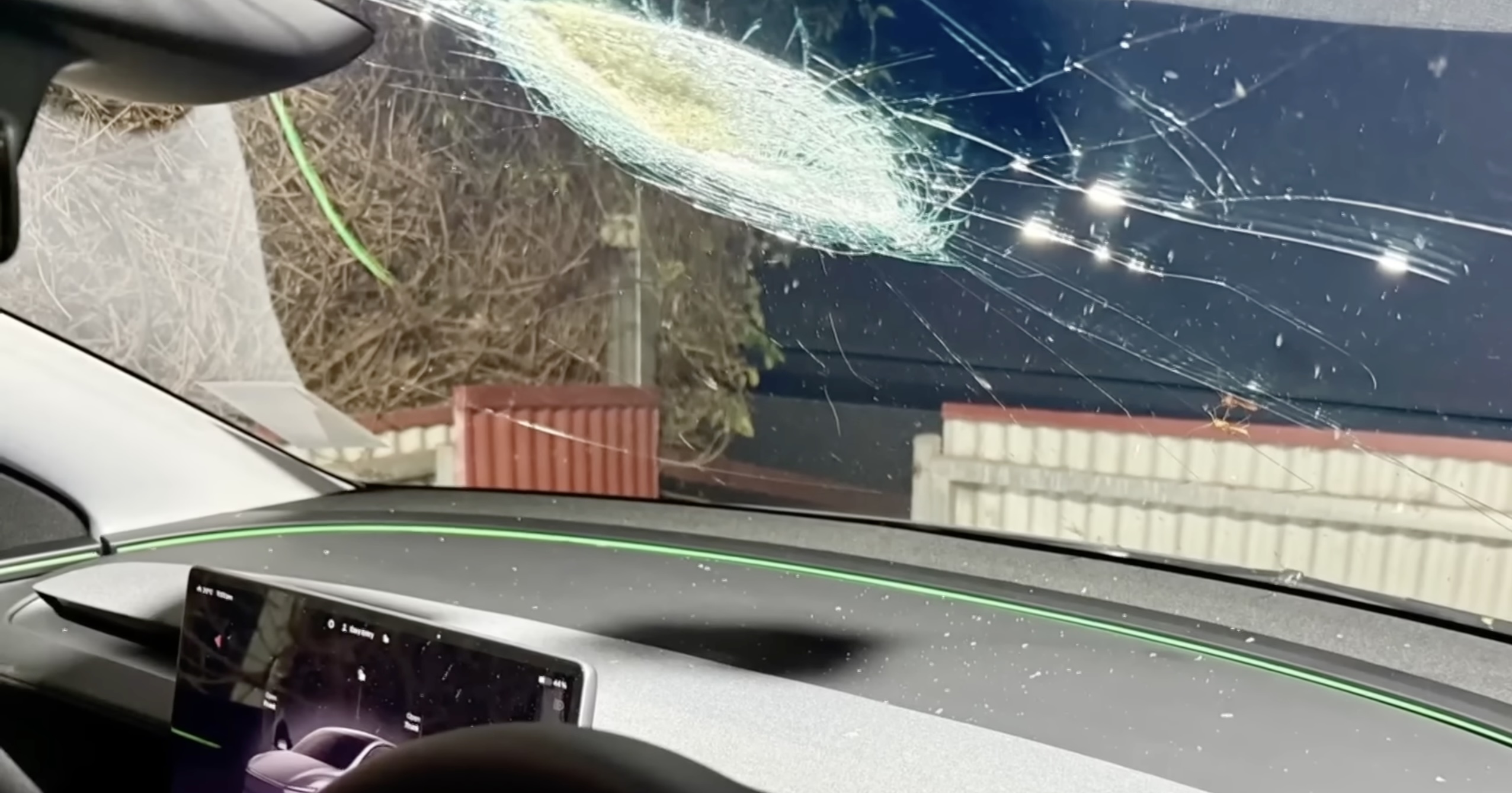
A South Australian Tesla driver is thanking his Model Y’s Full Self-Driving system after a mysterious object, possibly a meteorite, slammed into his car’s windshield while it had FSD engaged.
The impact sent hot glass fragments flying through the cabin as the vehicle continued driving without human input through the darkness. Experts have noted that if confirmed, this could be the world’s first recorded meteorite collision involving a Tesla.
The Tesla owner was enjoying a quiet drive home when they hit the king of edge cases
Veterinarian Dr. Andrew Melville-Smith and his wife were traveling north on Augusta Highway on the night of October 19 when a sudden blast struck their newly delivered Model Y. At the time, it was clear, pitch black night, and Dr. Melville-Smith and his wife were just listening to a podcast while FSD was operating the vehicle, as noted in a Yahoo News report.
Suddenly, something hit the Tesla’s windshield. “Then there was, (what) I can only describe as a very, very violent explosion. The whole inside of the car was literally blasted with glass fragments. It was full of white smoke, and it smelled like the car was on fire,” Dr. Melville-Smith stated.
The vet stated that he and his wife were stunned for a good 10 seconds, and for a bit, he and his wife thought they had crashed. Images of the crash’s aftermath showed a massive crack on the Tesla’s windshield, which Dr. Melville-Smith noted was hot to the touch. The object that hit the Tesla’s windshield was so hot that part of the vehicle’s windshield was partly melted.
FSD kept driving despite the possible meteorite strike
Thankfully, the Tesla was operating with its FSD (Supervised) system engaged at the time. Thus, despite the vehicle being hit by what might be a literal meteorite, and despite Dr. Melville-Smith and his wife being stunned because of the impact, their Tesla just kept driving steadily.
“I thought we’d had an accident, but then I looked at the screen and went ‘Oh, we’re still driving. We were moving around, so it obviously thought we were paying attention, and it was happy to keep driving to Port Augusta. After we pulled over, we saw the big crater in the windscreen,” the vet said.
The South Australian Museum is now examining the case, with geologist Dr. Kieran Meaney stating the scorched glass and heat damage do suggest a potential meteorite strike. “The little detail that’s really selling it for me at the moment is that whatever it was that hit the windscreen seems to have been very hot,” Meaney explained. However, the object has yet to be recovered.
Check out a video of the remarkable edge case below.
-
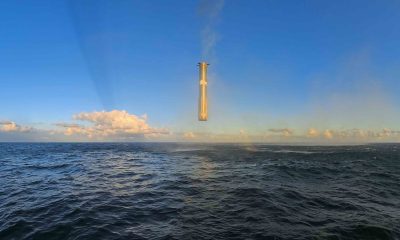
 Elon Musk2 weeks ago
Elon Musk2 weeks agoSpaceX posts Starship booster feat that’s so nutty, it doesn’t even look real
-

 Elon Musk2 weeks ago
Elon Musk2 weeks agoTesla Full Self-Driving gets an offer to be insured for ‘almost free’
-
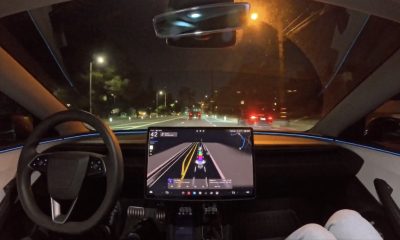
 News2 weeks ago
News2 weeks agoElon Musk confirms Tesla FSD V14.2 will see widespread rollout
-

 News2 weeks ago
News2 weeks agoTesla is adding an interesting feature to its centerscreen in a coming update
-

 News2 weeks ago
News2 weeks agoTesla launches new interior option for Model Y
-
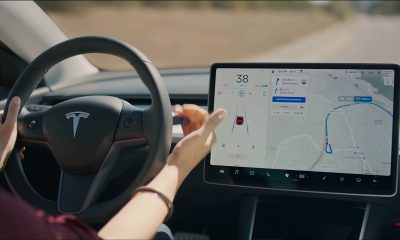
 News2 weeks ago
News2 weeks agoTesla widens rollout of new Full Self-Driving suite to more owners
-
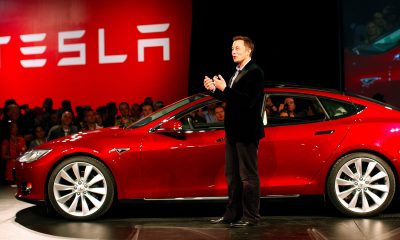
 Elon Musk2 weeks ago
Elon Musk2 weeks agoTesla CEO Elon Musk’s $1 trillion pay package hits first adversity from proxy firm
-
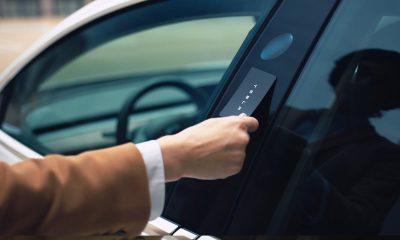
 News1 week ago
News1 week agoTesla might be doing away with a long-included feature with its vehicles

